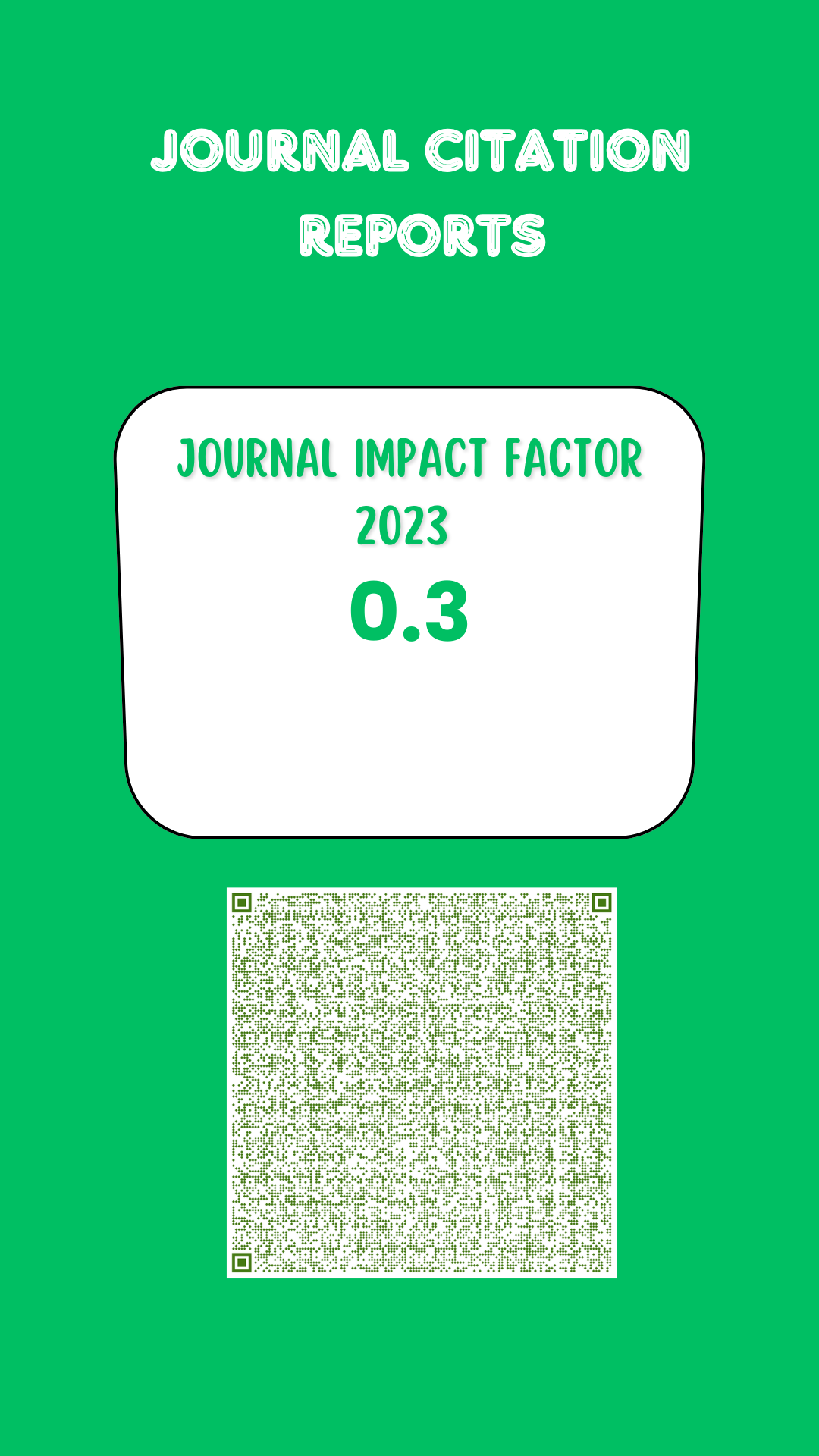GENETIC CHARACTERISATION OF Metarhizium anisopliae (Metchniko) SOROKIN ISOLATES FROM SUGARCANE FIELDS AND THEIR PATHOGENICITY AGAINST Aeneolamia postica (Walker) (Hemiptera: Cercopidae)
DOI:
https://doi.org/10.19136/era.a28n3.11Keywords:
Sugarcane, entomopathogenic fungi, biological control, molecular characterisation, pathogenicityAbstract
A commercial strain of Metarhizium anisopliae (Metchniko) Sorokin was used by farmers in 2005 to control the sugarcane froghopper Aeneolamia postica (Walker) in Los Ríos, Tabasco, Mexico. The persistence and the eect of this introduced isolate on the genetic diversity and pathogenicity of the native fungus population are unknown. The purpose of this study was to characterise the genetic diversity and pathogenicity of M. anisopliae isolates collected from sugarcane elds in the region. The Galleria baiting method was used to sample the fungus from the soil, whereas the insect netting method was used to capture adults infected by A. postica. Samples were collected from a total of 33 sugarcane elds. Ten isolates of M. anisopliae were obtained, three in 2007 and seven in 2008; seven isolates were collected near the Usumacinta river. Random amplied polymorphic DNA markers and amplied ribosomal DNA restriction analysis of the 10 isolates revealed the presence of seven subgroups. Two of the isolates obtained in 2008 were genetically similar to the commercial strain used in 2005. At least two genotypes of M. anisopliae were found in this region. No clear relationship between genotype similarity and isolate pathogenicity against A. postica was recorded. Some of the native M. anisopliae isolates are promising candidates as agents of biological control against A. postica.Downloads
Downloads
Published
Issue
Section
License
Aviso de copyright
Los autores que se envían a esta revista aceptan los siguientes términos:
una. Los autores conservan los derechos de autor y garantizan a la revista el derecho a ser la primera publicación del trabajo con una licencia de atribución de Creative Commons que permite a otros compartir el trabajo con un reconocimiento de la autoría del trabajo y la publicación inicial en esta revista.
B. Los autores pueden establecer acuerdos complementarios separados para la distribución no exclusiva de la versión del trabajo publicado en la revista (por ejemplo, en un repositorio institucional o publicarlo en un libro), con un reconocimiento de su publicación inicial en esta revista.
C. Se permite y se anima a los autores a difundir su trabajo electrónicamente (por ejemplo, en repositorios institucionales o en su propio sitio web) antes y durante el proceso de envío, ya que puede conducir a intercambios productivos, así como a una cita más temprana y más extensa del trabajo publicado. (Consulte El efecto del acceso abierto).



